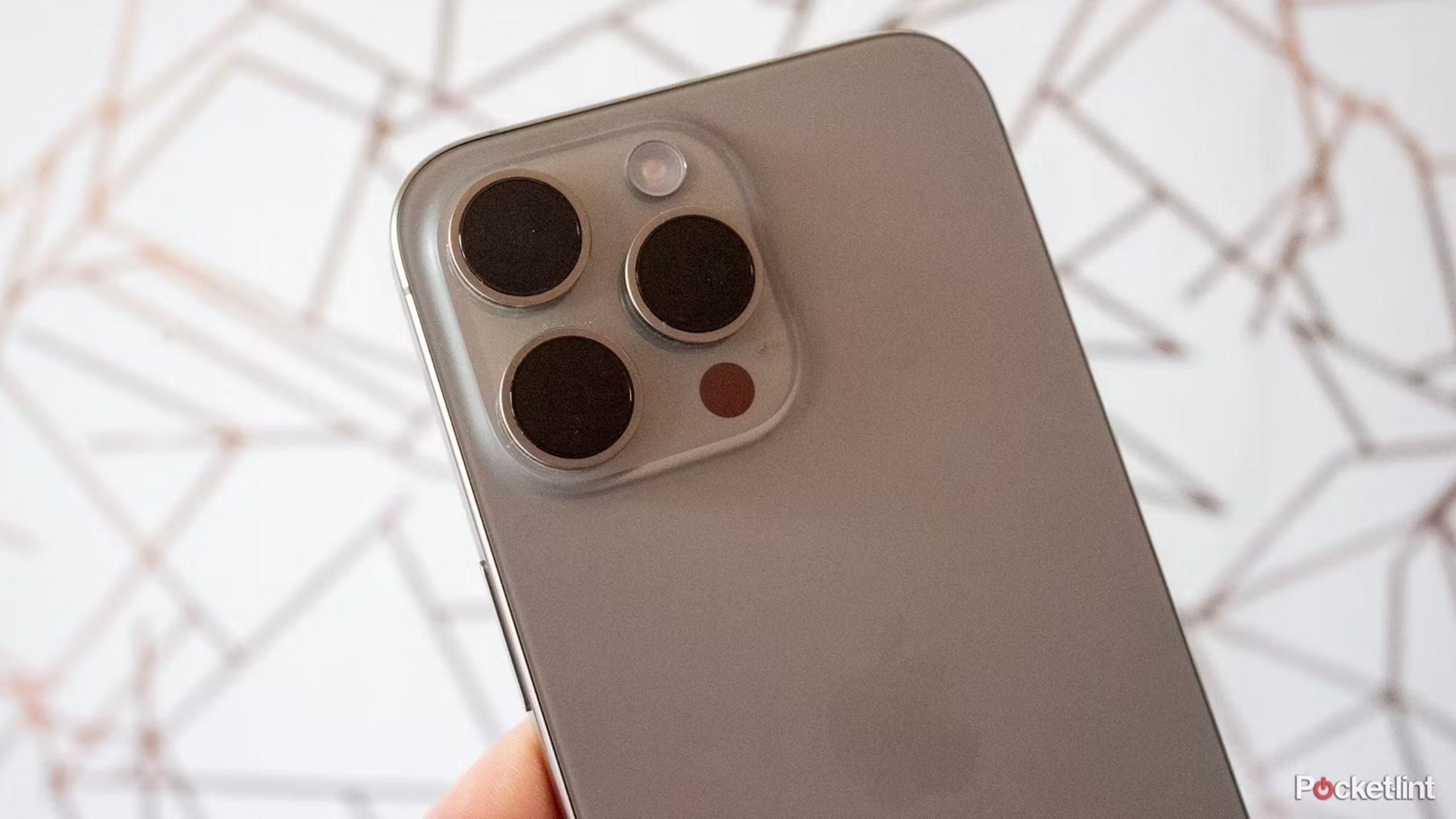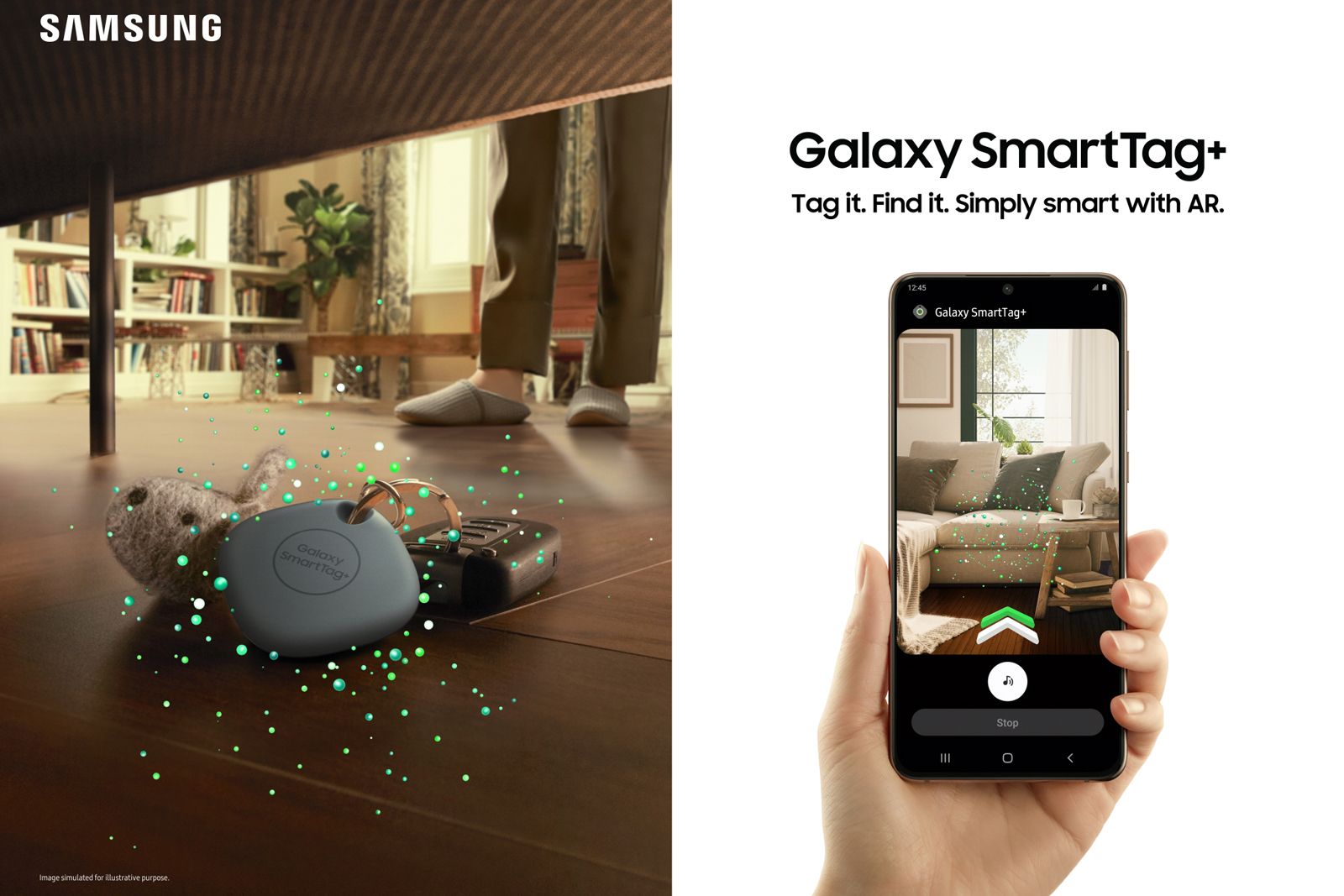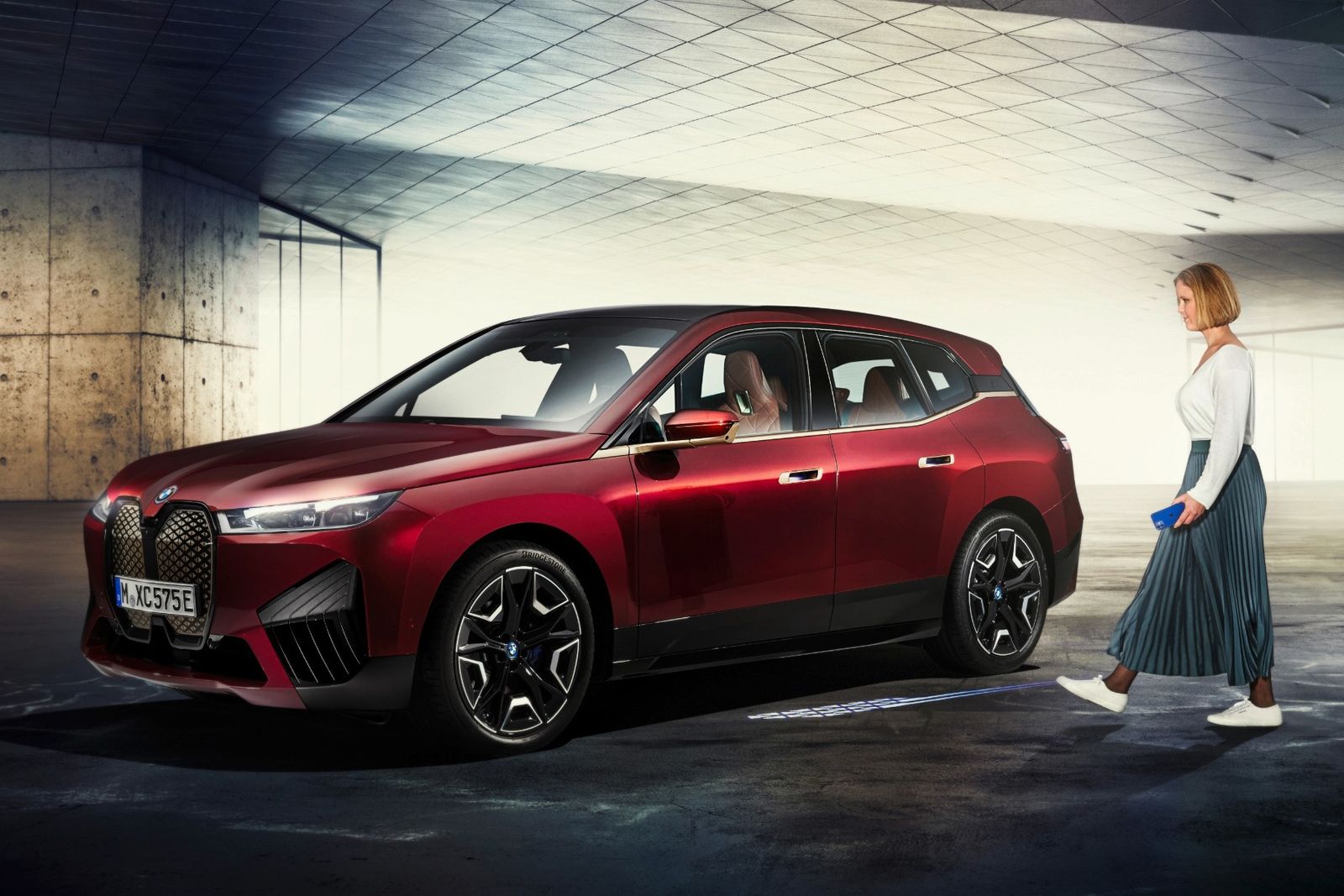Key Takeaways
- UWB offers better range and location precision than Wi-Fi, Bluetooth, or GPS due to time-of-flight system.
- Apple uses UWB for Precision Finding, AirDrop, CarKey, and Handoff; Android devices support Quick Share and digital car keys.
- UWB is expected to expand to more devices and accessories, with potential applications in wearables and smart home devices.
Ultra-wideband (UWB) first popped onto the consumer electronics radar in 2019, when Apple announced the U1 chip in the iPhone 11. It has subsequently found its way into many other devices, and we’re only expecting that list to grow. But what is ultra-wideband, and why is everyone talking about it?
Here are all of the gadgets that support Google’s Find My Device network
Several brands have revealed Bluetooth trackers and devices that support Google’s Find My Device app including Chipolo, Pebblebee, Sony, and JBL.
What is UWB?
Ultra-wideband is a short-range wireless communication protocol operating in high frequency ranges. While this enables low-bandwidth data transmission, the big advantage it offers over existing technologies is range and location accuracy. When two UWB devices are talking to each other, their location precision is greater than Wi-Fi, Bluetooth, or even GPS.
Samsung describes UWB as a “continuously scanning radar that can precisely lock onto an object, discover its location and communicate with it.” That’s a reasonable summary. An important part of this, though, is that UWB uses a time-of-flight system for its data, which is what gauges the distance between two UWB devices.
What can ultra-wideband do?
Apple UWB
Being an early adopter, Apple and its U-series chips make for a good example of UWB’s possibilities. Note that while the first-generation U1 is used in devices like AirTags and many older iPhone models (excluding the SE), the second-generation chip is so far unique to the iPhone 15 and 15 Pro lineups as well as the Apple Watch Series 9 and Ultra 2, providing up to three times the range.
Both chips can be used for things like:
- Precision Finding & Find My integration
- Increased AirDrop precision
- Apple CarKey
- Handoff to and from HomePods
While these are obviously Apple-specific implementations, there’s a common thread — proximity. With CarKey, for example, UWB can unlock a compatible vehicle automatically, but only when you’re immediately next to it or you wave your iPhone or Apple Watch in front of a key reader. Precision Finding is an extension of Find My that only becomes available when another U-chip device you own is close by — Find My otherwise relies on data pulled from Bluetooth and Wi-Fi. It’s so accurate, however, that it can help you find items under your couch cushions.
Android UWB
A growing number of Android phones now support UWB. Most of these are from Samsung (see below), or else higher-end Google Pixel models, namely Pro- or Fold-series devices reaching back to the Pixel 6 Pro.
Use cases should seem familiar. They include Quick Share/Nearby Share — the Android equivalent of AirDrop file transfers — and things like digital car keys. UWB hasn’t been leveraged in Find My Device, but the Pixel Tablet is slated to get a “Tap to Cast” option for nearby devices sometime in 2024, and an expected Pixel Watch 3 may use it to unlock your phone.
Samsung
Samsung UWB
Samsung has included UWB in all the Plus and Ultra versions of its Galaxy S phones since the Galaxy S21 series, as well as the Galaxy Note 20 Ultra, and every Z Fold since the Z Fold 2. Feature support is consistent with other Android devices, including Quick Share and digital car keys.
The big difference is the inclusion of UWB in the Galaxy SmartTag+ and SmartTag2. These are Samsung’s answer to the Apple AirTag, and even offer Precision Finding-style features called AR Finding (for the SmartTag+) and Compass View (for the SmartTag2). Instead of Find My or Find My Device, the features are associated with Samsung’s SmartThings Find network.
BMW
Digital car keys
While digital key support (Apple CarKey included) still isn’t standard in the car market, it has grown rapidly enough that it’s now impractical to list every compatible model. Instead, here’s a list of auto brands that offer models with digital keys:
- Audi
- Acura
- BMW
- Buick
- Cadillac
- Chevrolet
- Chrysler
- Dodge
- Fiat
- Ford
- Genesis
- GMC
- Honda
- Hyundai
- Infiniti
- Jeep
- Kia
- Land Rover
- Lexus
- Lucid
- Mazda
- Mercedes-Benz
- Mini
- Nissan
- Porsche
- Ram
- Rivian
- Subaru
- Tesla
- Toyota
- Volkswagen
- Volvo
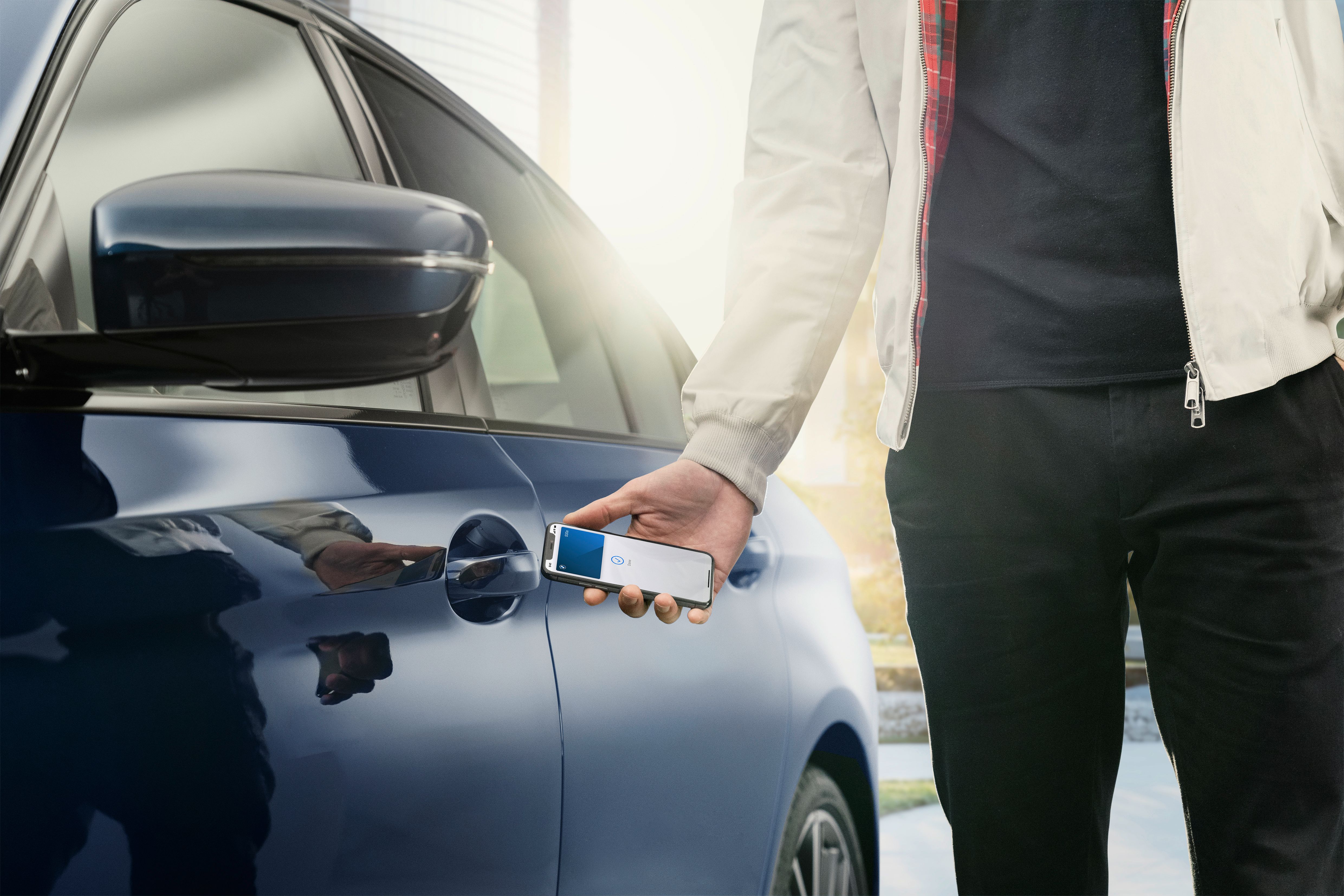
What is Apple CarKey and how will it revolutionise driving?
Using your phone to control your digital car keys is the future.
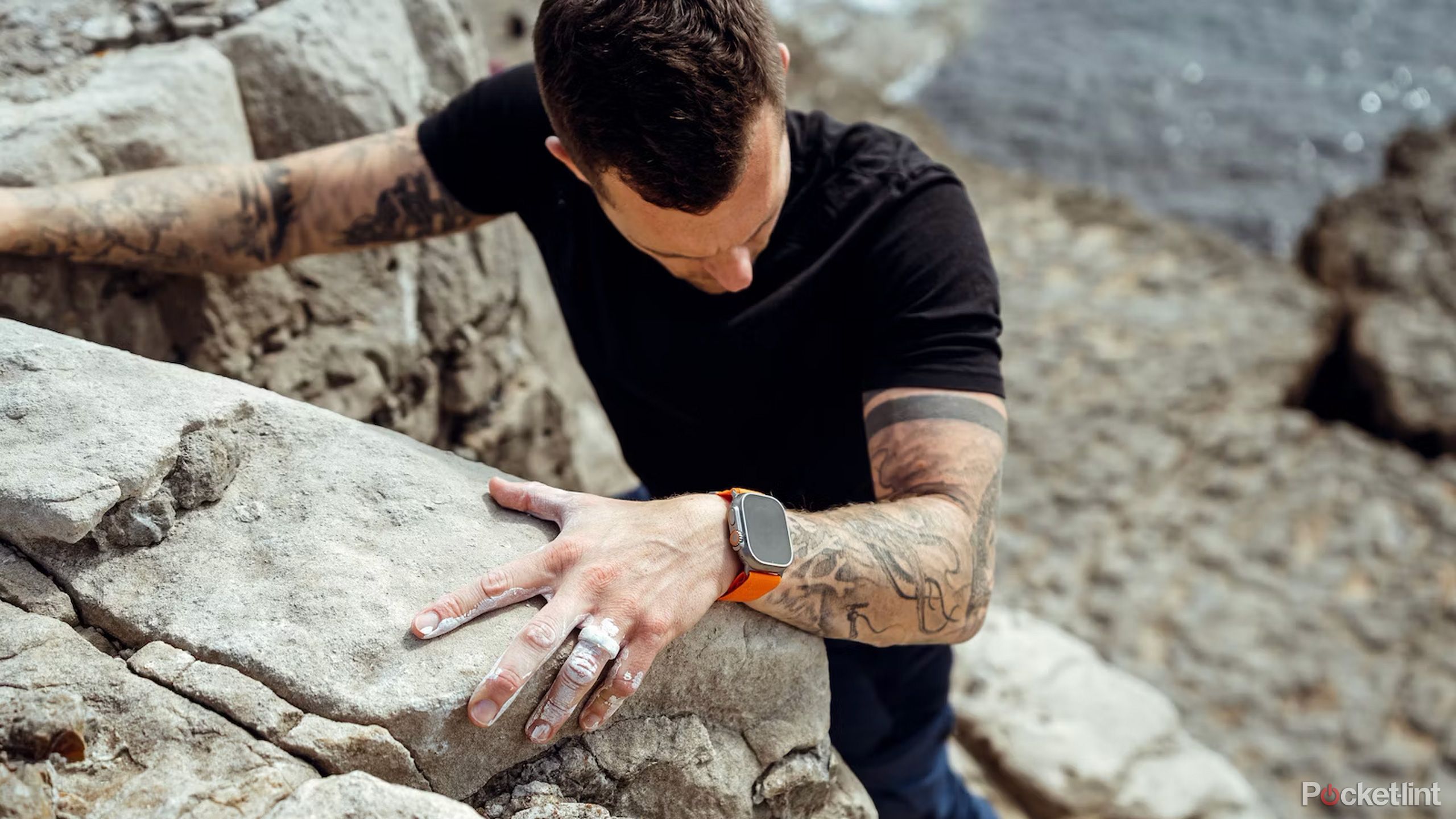 What’s next for UWB?
What’s next for UWB?
We’ve already touched on Google’s plans for Pixel Tablets and Pixel Watches. It seems unavoidable that UWB will eventually filter into Find My Device and cheaper Android devices, including ones beyond Google and Samsung. You can also expect UWB to make its way into more accessories, such as third-party item trackers. Tile at one point announced a UWB-equipped tracker called the Tile Ultra, but it was originally due in 2022 and remains missing in action.
Apple is likely to continue down its current trajectory, mostly just adding second-generation UWB chips to more products, such as a refreshed AirTag rumored for 2025. Of course, there may well be new software features in store before then — it’s just that Apple is cagey, preferring to keep things secret until products are ready to be launched. We could learn more at the company’s Worldwide Developers Conference in June, when the next versions of iOS, iPadOS, macOS, and watchOS are set to be revealed.
What could be more exciting are use cases we haven’t thought of yet. There’s no reason we couldn’t see UWB in more wearable and smart home devices for instance, enabling a diverse range of proximity-based automations. We’ll have to wait and see.
Trending Products

Cooler Master MasterBox Q300L Micro-ATX Tower with Magnetic Design Dust Filter, Transparent Acrylic Side Panel…

ASUS TUF Gaming GT301 ZAKU II Edition ATX mid-Tower Compact case with Tempered Glass Side Panel, Honeycomb Front Panel…

ASUS TUF Gaming GT501 Mid-Tower Computer Case for up to EATX Motherboards with USB 3.0 Front Panel Cases GT501/GRY/WITH…

be quiet! Pure Base 500DX Black, Mid Tower ATX case, ARGB, 3 pre-installed Pure Wings 2, BGW37, tempered glass window

ASUS ROG Strix Helios GX601 White Edition RGB Mid-Tower Computer Case for ATX/EATX Motherboards with tempered glass…


